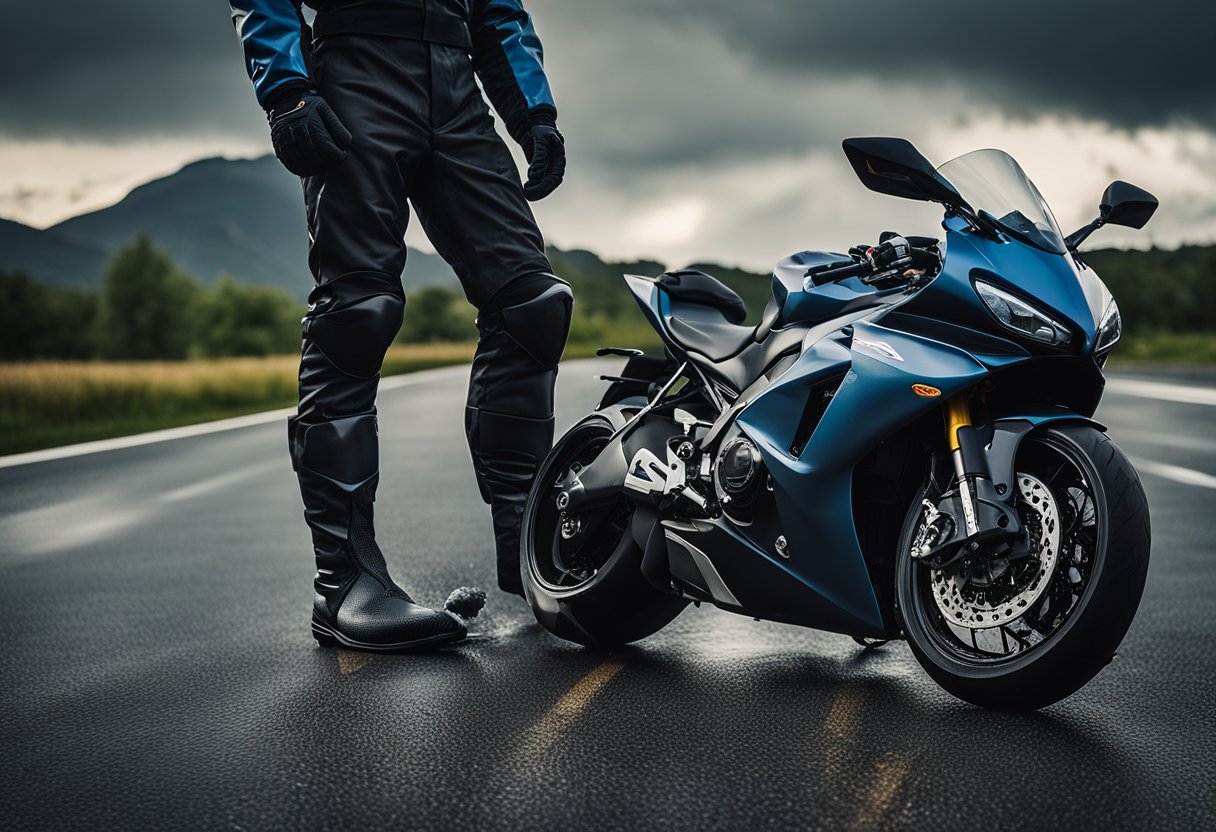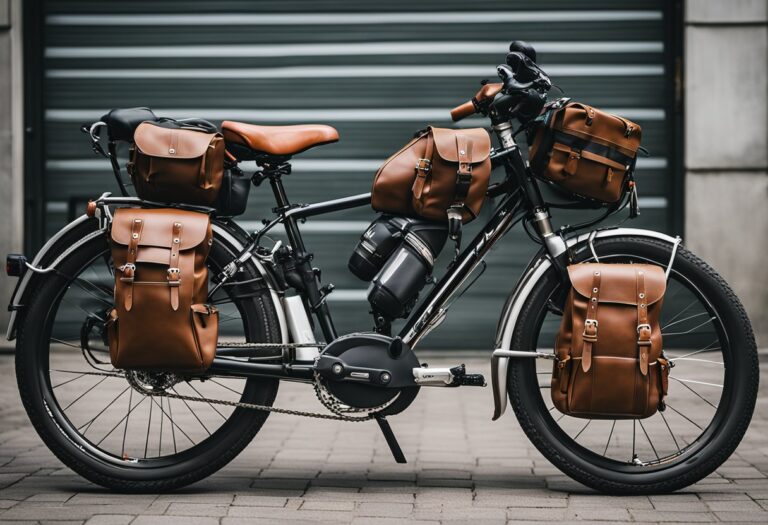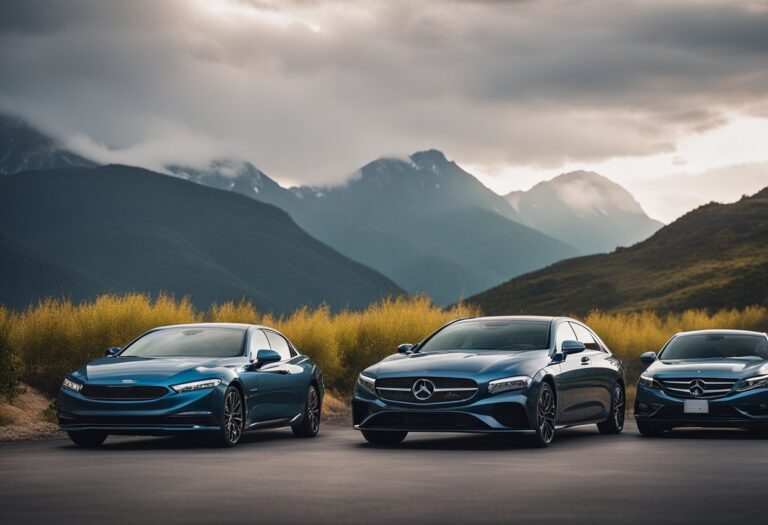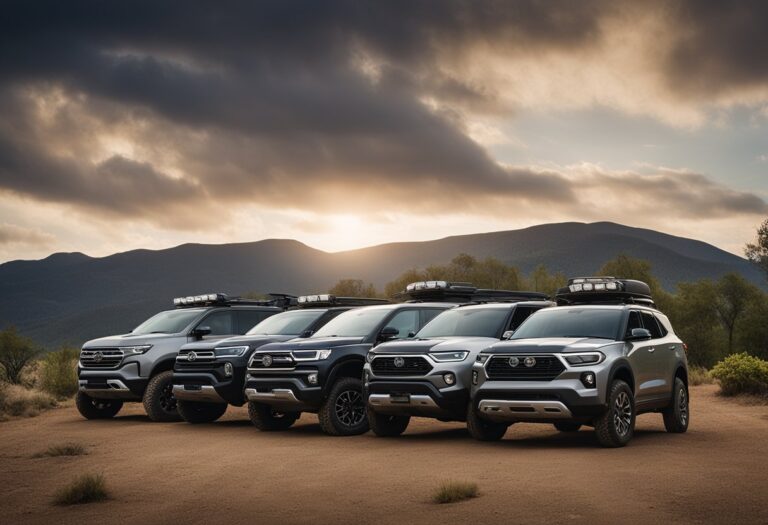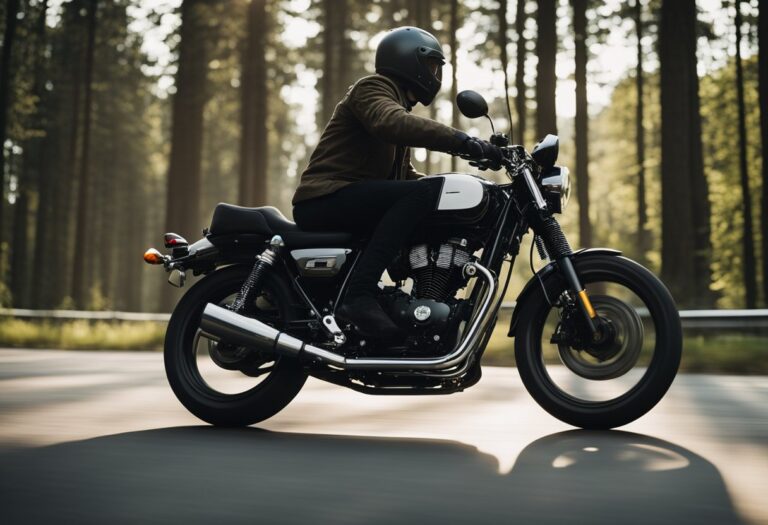Best Motorcycle Rain Gear and Wet Weather Riding Tips: Stay Dry and Safe on the Road
Motorcycle enthusiasts know that riding in the rain can be a challenging and potentially dangerous experience. Wet roads can make it harder to control your bike, and rain can quickly soak through your clothes, leaving you cold and uncomfortable. That’s why it’s essential to have the right gear to protect yourself from the elements.

In this article, we’ll explore the essential qualities of motorcycle rain gear and provide recommendations for the top rain gear products on the market. We’ll also discuss how to prepare for wet weather riding and provide tips for riding safely in the rain. Finally, we’ll cover maintenance and care for your rain gear to keep it in top condition.
Key Takeaways
- Motorcycle rain gear is essential for protecting yourself from the elements while riding in the rain.
- Look for rain gear that is waterproof, breathable, and comfortable to wear.
- Proper preparation, riding techniques, and maintenance can help ensure a safe and enjoyable riding experience in wet weather.
Essential Qualities of Motorcycle Rain Gear

Waterproofing
Waterproofing is the most important quality of any motorcycle rain gear. It keeps the rider dry and comfortable during wet weather conditions. There are different types of waterproof materials used in rain gear, such as Gore-Tex and DWR coating. It is important to choose rain gear that has a high waterproof rating, which is usually measured in millimeters of water pressure.
Breathability
Breathability is another essential quality of motorcycle rain gear. It allows the rider’s body heat and sweat to escape, preventing moisture buildup inside the gear. This is important for maintaining comfort and preventing overheating. Rain gear with good breathability is made of materials that allow air to circulate and moisture to escape.
Durability
Durability is an important quality to consider when choosing motorcycle rain gear. It should be able to withstand harsh weather conditions and regular wear and tear. Rain gear made of high-quality materials, such as nylon or polyester, is more durable and long-lasting. It is also important to look for gear with reinforced seams and zippers, as these areas are prone to wear and tear.
Visibility
Visibility is an important safety feature of motorcycle rain gear. It allows the rider to be seen by other motorists on the road, especially during low light and rainy conditions. Rain gear with reflective strips or bright colors can increase visibility and reduce the risk of accidents.
In summary, when choosing motorcycle rain gear, it is important to consider essential qualities such as waterproofing, breathability, durability, and visibility. By selecting rain gear with these qualities, riders can stay dry, comfortable, and safe during wet weather conditions.
Top Motorcycle Rain Gear Recommendations

Rain Suits
When it comes to staying dry during wet rides, rain suits are an excellent choice. They are designed to keep the rider and their gear dry, and they come in a variety of styles and materials. Some of the best rain suits for motorcycle riders include the Frogg Toggs All Sport Rain Suit, the Joe Rocket RS-2 Two-Piece Rain Suit, and the Tourmaster Defender 2.0 Two-Piece Rain Suit.
Jackets and Pants
For riders who prefer to wear their own gear and just need an extra layer of protection from the rain, waterproof jackets and pants are a great option. Some of the best waterproof motorcycle jackets and pants include the Alpinestars Andes V2 Drystar Jacket and Pants, the REV’IT! Cyclone 2 H2O Rain Jacket and Pants, and the Dainese D-Crust Plus Rain Jacket and Pants.
Gloves
Keeping hands dry and warm is crucial for maintaining control and grip while riding in the rain. Some of the best waterproof motorcycle gloves include the Held Rain Star Gore-Tex Gloves, the Alpinestars WR-1 v2 Gore-Tex Gloves, and the REV’IT! Hydra 2 H2O Gloves.
Boots
Wet feet can quickly ruin a ride, so it’s essential to have waterproof boots. Some of the best waterproof motorcycle boots include the TCX X-Blend Waterproof Boots, the Alpinestars Andes V2 Drystar Boots, and the Sidi Adventure 2 Gore-Tex Boots.
Helmet Rain Accessories
Helmet rain accessories can help keep the rider’s face shield and helmet dry, ensuring clear vision and comfort during the ride. Some of the best helmet rain accessories include the Shoei CWR-1 Pinlock Lens, the Arai Pro Shade System, and the HJC HJ-17 Pinlock Shield.
By investing in quality rain gear, riders can stay dry and comfortable during wet weather rides.
Preparation for Wet Weather Riding

Protective Coatings
One of the most important things a rider can do to prepare for wet weather riding is to apply a protective coating to their motorcycle. This coating will help protect the bike from water damage and prevent rust from forming. There are several different types of protective coatings available, including wax, sealant, and ceramic coatings. Each of these coatings has its own benefits and drawbacks, so it is important to choose the one that is best suited for your needs.
Water Repellent Treatments
Another important step in preparing for wet weather riding is to apply a water repellent treatment to your motorcycle gear. This treatment will help repel water and keep you dry while riding in the rain. There are several different types of water repellent treatments available, including sprays, wash-in treatments, and wax-based treatments. Each of these treatments has its own benefits and drawbacks, so it is important to choose the one that is best suited for your needs.
It is important to note that while protective coatings and water repellent treatments can help prevent damage and keep you dry, they are not foolproof. It is always important to ride cautiously in wet weather conditions and to be prepared for unexpected situations. By taking the time to properly prepare for wet weather riding, you can help ensure that you stay safe and comfortable on the road.
Riding Techniques in the Rain

When it comes to riding a motorcycle in the rain, it’s important to remember that the road conditions are different and can be more dangerous than in dry weather. Here are some riding techniques that can help keep you safe and in control:
Braking Adjustments
In wet conditions, it takes longer for a motorcycle to come to a complete stop. Riders should adjust their braking distance and use both brakes to slow down gradually. Sudden braking can cause the wheels to lock up and the bike to skid, which can be dangerous.
Cornering Skills
Cornering in the rain requires a different technique than in dry weather. Riders should slow down before entering a turn and avoid leaning the bike too much. They should also maintain a steady speed throughout the turn and avoid sudden movements or acceleration.
Visibility and Awareness
In rainy weather, visibility can be reduced, and it’s important for riders to be aware of their surroundings. They should use their headlights and be visible to other drivers on the road. They should also be aware of potential hazards, such as standing water or debris on the road, and adjust their riding accordingly.
Overall, riding in the rain requires extra caution and attention to detail. By adjusting their braking, cornering, and visibility skills, riders can stay safe and enjoy the ride even in wet weather.
Maintenance and Care for Rain Gear

Cleaning
Keeping your rain gear clean is essential to ensure its longevity and effectiveness. After each ride in wet conditions, it is recommended to wipe down the rain gear with a damp cloth to remove any dirt or grime that may have accumulated. For more thorough cleaning, follow the manufacturer’s instructions for washing and drying the rain gear. Avoid using harsh detergents or fabric softeners, as they can damage the waterproof coating.
Storage
Proper storage of rain gear is crucial to maintain its waterproofing and extend its lifespan. After each use, ensure that the rain gear is completely dry before storing it in a well-ventilated area. Avoid storing it in direct sunlight or near sources of heat, as this can damage the waterproof coating. It is also recommended to store rain gear in a separate compartment or bag to prevent it from getting crushed or damaged.
Inspection and Replacement
Regular inspection of rain gear is necessary to ensure that it is still waterproof and in good condition. Check for any signs of wear and tear, such as rips, tears, or holes. If the rain gear is no longer waterproof or has significant damage, it may be time to replace it. It is recommended to replace rain gear every 2-3 years, depending on usage and conditions.
By following these simple maintenance and care tips, you can ensure that your rain gear stays in top condition and provides reliable protection during wet weather riding.
Frequently Asked Questions

What materials are best for waterproof motorcycle gear?
When it comes to waterproof motorcycle gear, there are a few materials that are commonly used. Gore-Tex is a popular option, as it is both breathable and waterproof. Other materials that are commonly used include nylon, polyester, and PVC. Ultimately, the best material for waterproof motorcycle gear will depend on your individual needs and preferences.
How can I maintain visibility while riding in the rain?
Maintaining visibility is crucial when riding in the rain. One way to do this is to wear brightly colored rain gear, such as a yellow or orange rain suit. You can also add reflective tape to your gear or motorcycle to increase visibility. Additionally, it is important to make sure that your helmet visor is clean and free of fog or rain droplets.
What are the top-rated motorcycle rain suits for 2024?
There are several motorcycle rain suits that are highly rated for 2024. Some of the top options include the Frogg Toggs All Sport Rain Suit, the Tourmaster Defender 2.0 Two-Piece Rain Suit, and the Alpinestars Hurricane Rain Suit. Ultimately, the best rain suit for you will depend on your individual needs and preferences.
Are there specific rain gear options designed for women riders?
Yes, there are many rain gear options that are specifically designed for women riders. These options often take into account differences in body shape and size, and may offer additional features such as adjustable waistbands or tapered legs. Some popular options for women include the Olympia Women’s Horizon Rain Pants and the Joe Rocket Women’s RS-2 Rain Suit.
What features should I look for in a motorcycle rain suit?
When shopping for a motorcycle rain suit, there are several features to look for. These include waterproof and breathable materials, reflective detailing for increased visibility, adjustable cuffs and waistbands for a secure fit, and reinforced seams for added durability. Additionally, it is important to consider the suit’s overall comfort and mobility.
How should I adjust my riding technique in wet weather conditions?
When riding in wet weather conditions, it is important to adjust your riding technique to ensure safety. This includes reducing your speed, increasing your following distance, and avoiding sudden movements or hard braking. It is also important to be aware of road hazards such as standing water or slick surfaces, and to adjust your riding accordingly.
